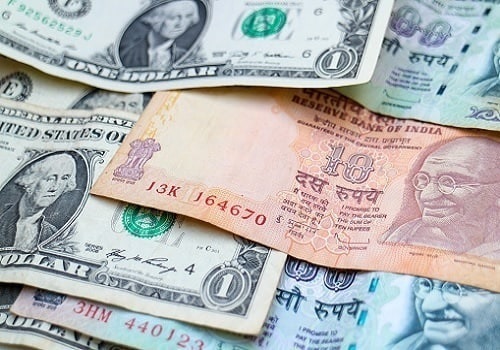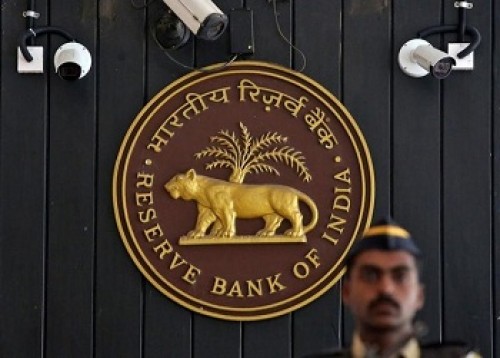India banks reliance on bulk deposits rises amid strong credit growth, tight liquidity

Follow us Now on Telegram ! Get daily 10 - 12 important updates on Business, Finance and Investment. Join our Telegram Channel
Indian banks may rely more on raising funds through certificates of deposits for the rest of the year, as credit demand remains strong and inflows from retail deposits lag, leading to tighter liquidity in the banking system, analysts said.
Banks have raised over 3.51 trillion Indian rupees($42.41 billion) through certificate of deposits (CDs)in April-October, 22% higher than the 2.87 trillion rupees raised in 2021-2022, data from Prime Database showed. Mutual funds are the biggest buyers of CDs.
"CD issuances should rise, especially now because we are entering into a busy credit season, so liquidity mismatch in the system should only increase," said Anil Gupta, senior vice president and company group head for financial sector ratings at ICRA. In that scenario, CDs will be an important source of funds for banks.
The last few weeks have seen major state-run lenders, including Punjab National Bank, Union Bank of India and Indian Bank raising funds this way, while private banks IDFC First Bank, Federal Bank and IndusInd Bank also turned frequent borrowers, traders said.
Indian banks saw a 17.95% on-year jump in credit growth for the fortnight ended Oct. 7, RBI data showed, and market participants expect growth pace to pick up in coming months. Deposit growth lagged at 9.63% during this period.
While banks could raise deposit rates to bridge the gap, it is easier to use CDs, ICRA's Gupta said.
LIQUIDITY STRAINS
Banking system liquidity that was under deficit for last couple of weeks is expected to remain under stress for the rest of this financial year.
"Liquidity is expected to remain tight in the remainder of the year amidst normalisation of monetary policy," Swati Arora, senior economist at HDFC Bank, said.
Banking system liquidity deficit had surged to near 1 trillion rupees towards the end of October, which is the highest in over three years. Even though it is now in surplus, traders expect it to be short-lived.
"Besides, a rise in currency leakage which usually takes place in the second half of the financial year, a further pick up in credit growth and intervention by the RBI in the foreign exchange market are likely to weigh on liquidity," HDFC Bank's Arora said.












 320-x-100_uti_gold.jpg" alt="Advertisement">
320-x-100_uti_gold.jpg" alt="Advertisement">












